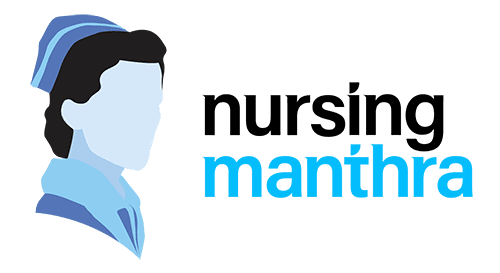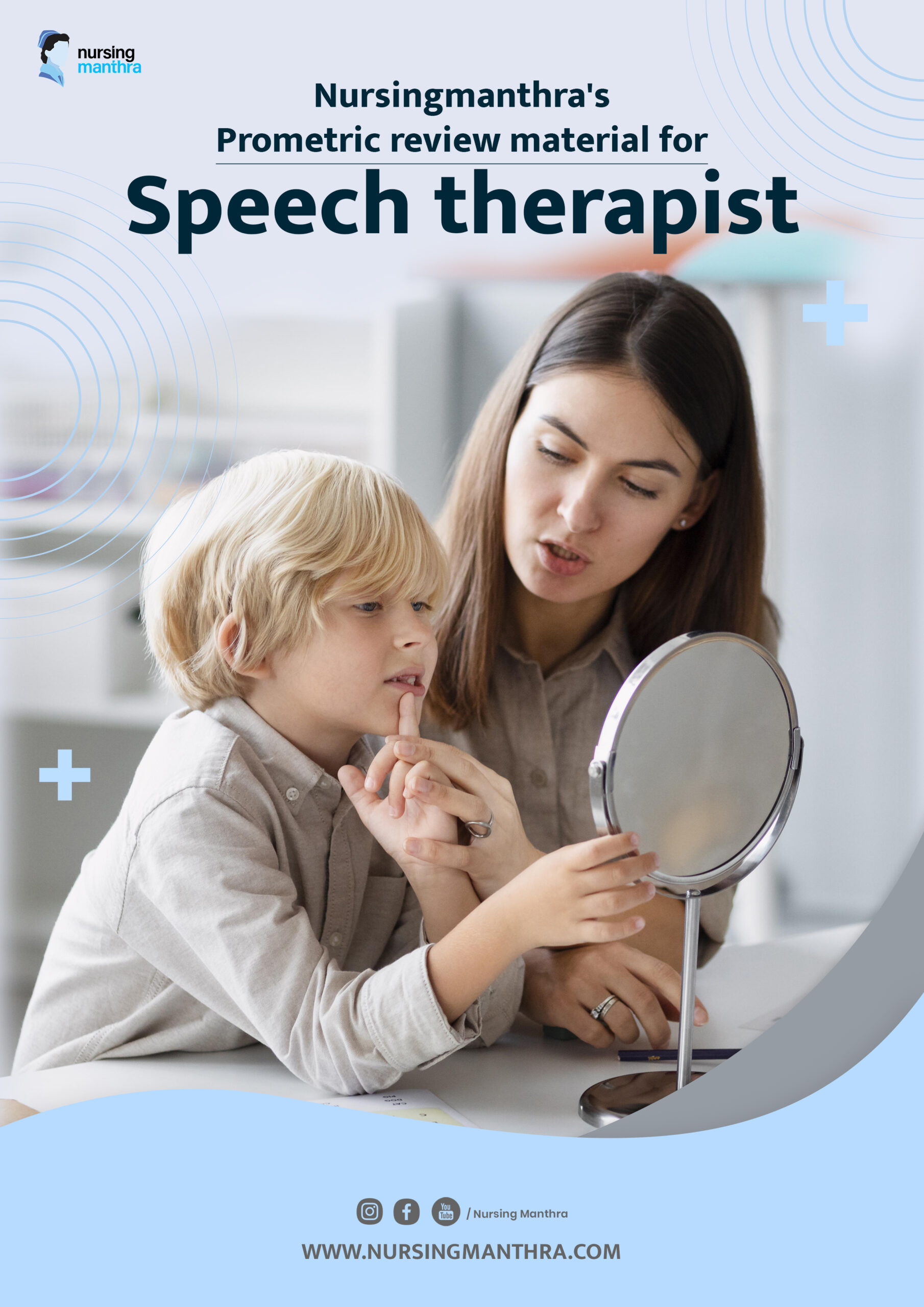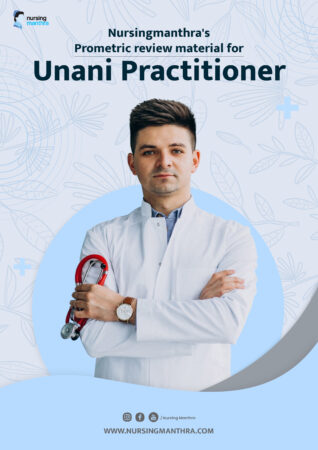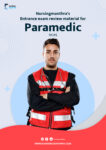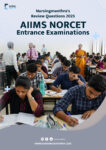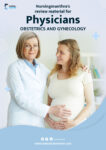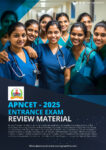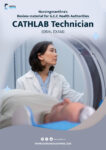1. Which of the following is a hallmark characteristic of Childhood Apraxia of Speech (CAS)?
A) Rapid rate of speech
B) Consistent speech errors
C) Difficulty with voluntary motor planning for speech
D) Structural abnormalities of the oral mechanism
Answer: C
Rationale: CAS is a motor planning disorder characterized by inconsistent errors, groping, and difficulty with voluntary movement for speech.
2. The primary purpose of the oral mechanism exam is to:
A) Diagnose language delay
B) Assess cognitive ability
C) Evaluate structure and function of articulators
D) Determine hearing sensitivity
Answer: C
Rationale: An oral mechanism exam helps identify deficits in strength, coordination, and structure affecting speech.
3. Which therapy approach is most appropriate for treating a child with phonological disorder?
A) PROMPT
B) Minimal pairs
C) Oral-motor therapy
D) VitalStim
Answer: B
Rationale: Minimal pair therapy contrasts phonemes to highlight differences and correct phonological processes.
4. Which of the following is NOT a typical sign of dysphagia in an adult stroke patient?
A) Coughing during meals
B) Nasal regurgitation
C) Hoarseness
D) Clear articulation
Answer: D
Rationale: Clear articulation is unrelated to swallowing; others are red flags for dysphagia.
5. In which swallowing phase does aspiration most commonly occur?
A) Oral preparatory
B) Oral transit
C) Pharyngeal
D) Esophageal
Answer: C
Rationale: During the pharyngeal phase, improper airway closure can result in aspiration.
6. Which vocal quality is commonly associated with vocal nodules?
A) Strained-strangled voice
B) Breathy and rough voice
C) Pitch breaks
D) Aphonia
Answer: B
Rationale: Nodules cause incomplete closure of the vocal folds, resulting in breathiness and hoarseness.
7. A 5-year-old child says “tat” for “cat.” This is an example of:
A) Fronting
B) Stopping
C) Gliding
D) Backing
Answer: A
Rationale: Fronting is when back sounds like /k/ and /g/ are replaced with front sounds like /t/ and /d/.
8. The most appropriate assessment for receptive vocabulary in children is:
A) CELF-P2
B) GFTA
C) PPVT
D) OASES
Answer: C
Rationale: The Peabody Picture Vocabulary Test (PPVT) evaluates receptive vocabulary by having children point to pictures.
9. Which of the following strategies best supports a child with expressive language delay?
A) Auditory bombardment
B) Expansion and modeling
C) Tongue exercises
D) Nasometry
Answer: B
Rationale: Expansion involves adding words to a child’s utterance to model more complex language use.
10. What is the most important initial step when a child presents with suspected hearing loss and speech delay?
A) Begin speech therapy
B) Refer to ENT
C) Conduct speech sample analysis
D) Start articulation drills
Answer: B
Rationale: Suspected hearing loss should be evaluated by ENT to rule out auditory causes of delay.
11. What is the function of the velopharyngeal mechanism during speech?
A) Opens the esophagus for swallowing
B) Controls tongue movement for articulation
C) Separates oral and nasal cavities during non-nasal sounds
D) Regulates vocal fold vibration
Answer: C
Rationale: Proper velopharyngeal closure prevents air from escaping through the nose during production of oral consonants.
12. Which standardized tool is most appropriate for diagnosing stuttering severity?
A) CELF-5
B) SSI-4
C) GFTA-3
D) PPVT-4
Answer: B
Rationale: The Stuttering Severity Instrument (SSI-4) is widely used to measure the severity and frequency of stuttering.
13. Which cranial nerve is primarily responsible for tongue movement?
A) Facial nerve (VII)
B) Glossopharyngeal nerve (IX)
C) Hypoglossal nerve (XII)
D) Vagus nerve (X)
Answer: C
Rationale: The hypoglossal nerve (CN XII) innervates the intrinsic and extrinsic tongue muscles involved in articulation.
14. Which therapy is most suitable for a child with ASD and limited verbal communication?
A) Traditional articulation therapy
B) Voice therapy
C) Augmentative and Alternative Communication (AAC)
D) Phonological cycles approach
Answer: C
Rationale: AAC tools support functional communication in children with limited verbal abilities, including those with autism.
15. Which of the following is an example of a receptive language skill?
A) Naming objects
B) Repeating words
C) Following verbal directions
D) Using correct verb tense
Answer: C
Rationale: Receptive language involves understanding spoken language, such as following commands or answering yes/no questions.
If you would like access to more questions for the Speech Therapist Prometric Exam, you can purchase the complete study material using the link provided below. For any assistance or to request the material, please contact Nursing Manthra via WhatsApp.” +971502515717
